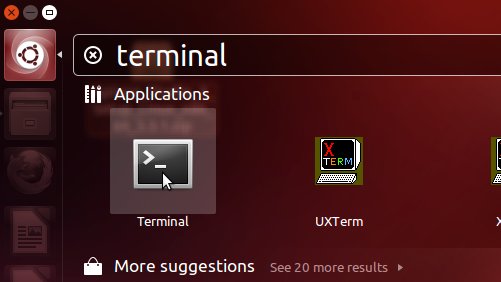Command Line Tutorial for Beginners Ubuntu 16.04
The Tutorial Presents you a Command Line Tutorial for Beginners on Ubuntu 16.04 Xenial LTS GNU/Linux – Step by step Tutorial.
And the Command Line Ubuntu 16.04 Tutorial is Step-by-Step and you Can Just Getting Started Following and Practicing each Command without any Harm for your System :)
But this is Just a “Quick & Dirty” Introduction to the Command Line by Example on the Bash Shell.
Now I strongly Recommend you to “Take it Easy” but to continue Experimenting with constancy, because as always is only the “Practice Makes the Master“! ;)
Most noteworthy: it’s fundamental you “Get your Hands Dirty” following along this guide and Execute the Commands as they are harmless for your System.
Especially Relevant: at the same Time I should like you take some FUN by my creative writing, and uncover the Magical Powers of the Shell in making the arid Silicon blossom Poetically. :))
Finally, the Commands here included are valid for the Default Linux Bash Shell and also for the Bourne, C, TC and Korn Shells…

-
Open Shell session
Ctrl+Alt+t on desktop
Congratulations, you Achieved the 1st Step in Learning Linux!
Press “Enter” to Execute Commands on Console
In case first see: Terminal Quick Start Guide.
Most noteworthy: the Main Bash Shell Commands are simple Abbreviations of the Corresponding Word.
Contents